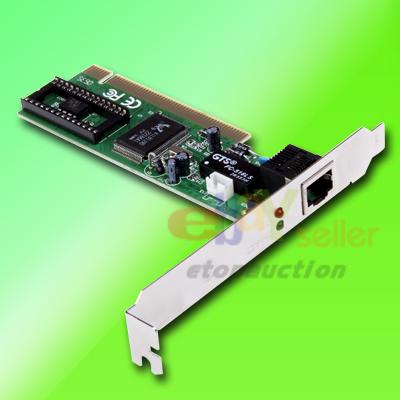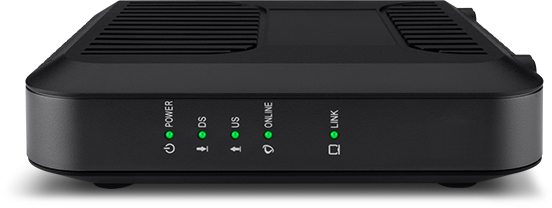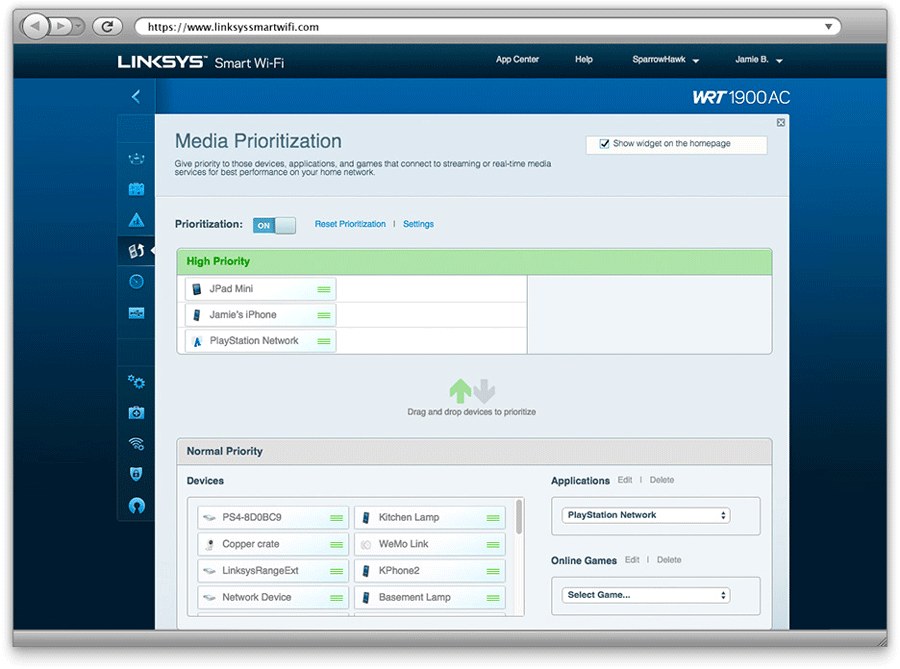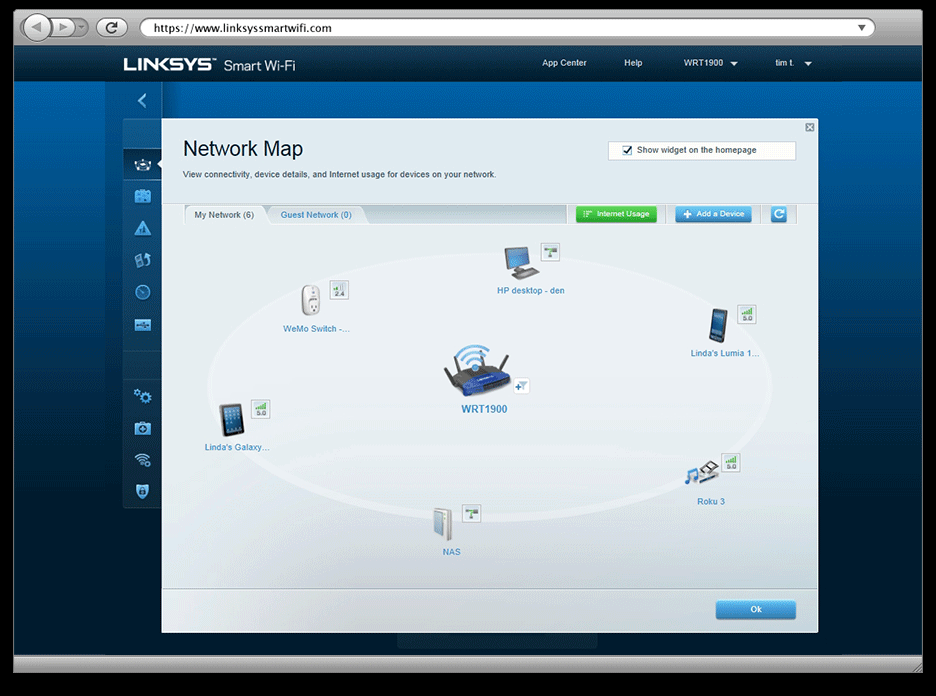Tips for setting up Wi-Fi networks useful
If you are going to install a wireless router in your office or home, refer to the tips in this article to save costs and time. The freedom of Wi-Fi connection is not always easy, but the tips in this article will help you get the most practical experience.
Tips for setting up Wi-Fi networks useful
- 1. Compare and buy online
- 2. Check for existing adapters
- 3. Consider running some computers
- 4. Use WPA2 encryption
- 5. Save the encryption key and password
- 6. Using an unidentified network name (SSID)
- 7. Locate the router in the central position
- 8. Check neighboring networks
- 9. Shorten the distance between the router and the wireless device
- 10. Upgrade to the latest Wi-Fi technologies
- 11. Upgrade modem or Internet service pack
- 12. Reduce wireless signal interference
- 13. Use separate bandwidth sharing application
- 14. Optimize the router and adapter settings
- 15. Upgrade firmware
- 16. Set up the router to automatically restart
1. Compare and buy online
For computer components and digital devices, buying and selling online is always a more practical way than buying at retail stores somewhere.
There are a lot of online sales sites in the world, and this way of selling is gaining popularity in Vietnam. You can use Google to check the price and quality of products before deciding where to buy.
2. Check for existing adapters

Before approaching a computer store, you need to do an inventory of the network device you already have. Check each computer to see if they have a wired or wireless adapter.
You can find Ethernet-based adapters by searching for the same jacks as the telephone cord jacks, either in a PCI (or PCI-Express) slot or integrated into the computer.
Wireless cards are usually in a PCI slot and have an antenna sticking out the back. Every computer you want on the network / Internet needs to have one of these network adapters.
3. Consider running some computers
Remember, even if you set up a Wi-Fi network, some computers still need to be wired to connect to the network. Wireless routers usually have a 4-port switch, these are four ports you can connect to computers and other network devices.
Since most computers always have an Ethernet adapter, you can save a bit by going through a line for the selected computers instead of buying a Wi-Fi card.
Running wires also has speed advantages. Data can be transmitted faster through cable connection than radio waves.
For example, Ethernet runs at 100Mbps on low cost routers and 1,000Mbps (Gigabit) on more expensive models compared to an average speed of 25Mbps for wireless G or about 100Mbps for Draft N.
Therefore, if you plan to transfer large files between computers, play games, watch movies, then you should consider running those computers.
4. Use WPA2 encryption
If someone steals your Wi-Fi, this can reduce the connection speed and your personal information is leaked. Even when you set up a password, hackers can still find a way to get into your network.
Therefore, you should use encryption, preferably WPA2. This encryption method will encrypt your data when transmitted in the air, to and from your computers and wireless routers.
This way, the bad guys can't fake it to discover what site you're visiting and see the details of the login as well as the content from unsecured services, such as links FTP connection and POP3 email.
In addition, it protects your network; Only people with the key can connect to your network. Others will not be able to connect and access the files you share - or use your Internet connection for invalid purposes.
5. Save the encryption key and password
You must know the key to connect wirelessly to the network if it is encrypted. Windows will save the network key so you don't have to enter it every time you connect to your network.
However, you still need to lock when setting up a new computer or when allowing friends or family members to access the network with their laptop.
You can record the key on a small piece of paper and paste it under the router to make it easier to remember and find.
You can save the key in a text file in the My Documents folder of each computer. So if it's a long key, you only have to copy and paste it when needed on computers. Windows, for example, will sometimes remind you of the lock. (You can store it in a USB drive to load on other computers).
6. Using an unidentified network name (SSID)
The best way to use the network name without revealing you, such as your address or name. This approach will make it difficult for a Wi-Fi hacker to find exactly where the signal is transmitted.
Although your network will show up in the list of networks, these hackers still have to be closer to the router to be able to connect to your network.
7. Locate the router in the central position

You should think about where the wireless router is located. For the strongest signal, optimum performance and the widest coverage, place the router at the center of the house, away from walls and other obstructions. Avoid leaving the router in a closet or in a tight place.
- Select the location of the router to increase the Wifi wave
8. Check neighboring networks

If neighboring wireless networks use the same or an interfering channel as your network, then you may find your network has poor performance or connectivity problems. Therefore, it is best to check the channels by scanning for radio waves.
Windows doesn't tell you details about the channel, but if your wireless adapter has a configuration utility, it can tell you that information. Otherwise, you must download NetStumbler, which will work with most wireless cards, simple to install and use.
Each Wi-Fi network or an overlapping access point in the coverage area needs to be set to another channel.
9. Shorten the distance between the router and the wireless device

Leaving devices like laptops, smartphones or wireless printers too far from the router also reduces performance. If your home is quite large, the wireless signal of the router cannot reach all corners of the house, so you should use wireless wave jacks to amplify wireless signals, speed up, open Wide range of coverage to the most remote areas.
10. Upgrade to the latest Wi-Fi technologies

With the rise of wireless devices in the home, large bandwidth operations such as video streaming can reduce network speed. If you are having this problem and your router is running on Wireless A, B, G or N, consider upgrading to Wireless AC. It can create a huge impact in overall wireless network performance.
11. Upgrade modem or Internet service pack

Your modem may be issued by your Internet service provider when using their network plan. If you have used that modem for a long time, you should consider upgrading it. You should also upgrade your service plan if you regularly play games, stream videos or sound. The speed of the router is only good when owning modern modem and good service package.
12. Reduce wireless signal interference
Neighboring wireless networks, smartphones, microwaves and child tracking devices can confuse the signal and reduce coverage. You can move the router away from these devices to see if the problem is fixed or change the channel and SSID on the router.
13. Use separate bandwidth sharing application

Stream video and game play can consume tons of bandwidth, slowing down the wireless network speed. Use a tool like Media Prioritization on Linksys Smart Wi-Fi to prioritize your most needed applications
14. Optimize the router and adapter settings

Ideally, you should pair the Wireless N router with the Wireless N adapter, the Wireless AC router with the Wireless AC adapter. However, most families have devices connected to G, N, and AC devices in the network. In this case you should set the router's wireless network mode to Mixed . If you have a dual-band router, simply put the old device on the 2.4GHz band and the new 5GHz frequency technology.
15. Upgrade firmware
Sometimes an outdated firmware can cause poor performance or reduce wireless signals. In addition, device manufacturers can send wireless updates via firmware / software updates. Firmware upgrade is as easy as updating the software on your smartphone, refer to the article How to upgrade the Wireless Router Firmware?
16. Set up the router to automatically restart
Do you often unplug or restart the router to resolve speed and signal loss problems? If so, set the setting so that the router automatically restarts once a day, week or month.
- Why restart the router can fix many problems?
See more:
- Speed up tips for wireless routers
- Tips to increase Wifi signal to the highest level
- 7 things affect the speed of WiFi network
You should read it
- How to upgrade the Wireless Router Firmware?
- 7 things affect the speed of WiFi network
- 'Great' to speed up Wifi to Wireless Router
- How to Secure WiFi with tips on the router
- How to set up WiFi network to play LAN games
- Tricks to improve wifi network security
- 11 best long-range Wifi routers 2018
- Instructions for use and security of Wifi network
May be interested
- How to manage Tenda router remotely
 sometimes, we need to manage routers in remote offices, you can absolutely find this function in remote web management settings (remote web management settings).
sometimes, we need to manage routers in remote offices, you can absolutely find this function in remote web management settings (remote web management settings). - How to share audio on TeamViewer
 teamviewer also supports sharing audio between connected computers, in addition to sharing screens.
teamviewer also supports sharing audio between connected computers, in addition to sharing screens. - How is wired (Ethernet) better than wireless (Wi-Fi)?
 wi-fi is obviously much more convenient than a wired ethernet connection. but why so far, ethernet is still the first choice for organizations, businesses and even individual users?
wi-fi is obviously much more convenient than a wired ethernet connection. but why so far, ethernet is still the first choice for organizations, businesses and even individual users? - How to check what computer is sharing data
 computers on the lan can share data with each other to save time and manipulation. however, this also reveals personal information.
computers on the lan can share data with each other to save time and manipulation. however, this also reveals personal information. - How to create a Wi-Fi or WLAN Report history in Windows 10
 have you ever had trouble accessing the internet? windows 10 supports automatic creation of comprehensive reports on web access history with your wireless network.
have you ever had trouble accessing the internet? windows 10 supports automatic creation of comprehensive reports on web access history with your wireless network. - Fake IP, IP change software, best anonymous surfing
 fake ip software, change ip, hide ip will help users surf the web anonymously best. besides, when using these software, users can access blocked websites in their country.
fake ip software, change ip, hide ip will help users surf the web anonymously best. besides, when using these software, users can access blocked websites in their country.






 How to set up ADB / USB Drivers and Fastboot for Android devices
How to set up ADB / USB Drivers and Fastboot for Android devices Top 10 social networks to replace Facebook (part 2)
Top 10 social networks to replace Facebook (part 2) 9 misunderstand about social networks
9 misunderstand about social networks What is Social Networking?
What is Social Networking? 6 negative impacts of social networks on users
6 negative impacts of social networks on users